-

Artificial plants to capture CO2
Researchers at Binghamton University are developing bacteria-powered biobatteries into artificial indoor plants that can produce oxygen and generate power.
-
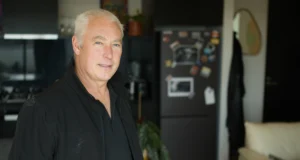
Home improvement
Many Australians live in substandard housing, but what can we actually do to improve thermal performance and reduce our energy bills?
-

The last frontier
Priya Gandhi, M.AIRAH, took the trip of a lifetime to Antarctica in 2023. Laura Timberlake speaks to her about the lessons she learned.
-
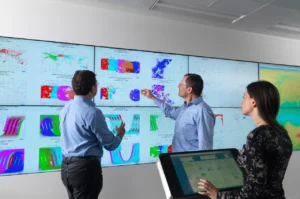
Climate call and response
As temperatures around the world soar, the question is not just how to stop global warming, but how humans can survive.
-
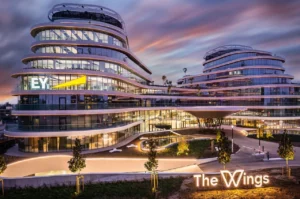
Flying high
The Wings is set to be the first office building in Belgium to generate its own geothermal energy and consume no fossil fuel.
-
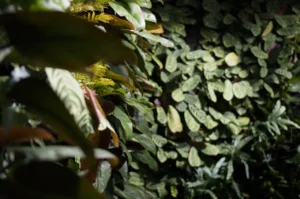
Natural selection
Architect and biomimicry professional Jane Toner shares with us the principles of biophilia and the importance of designing buildings that are attuned and responsive to their natural surroundings.
-
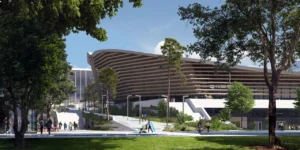
The life aquatic – and beyond
Ambitious sustainable targets have been set by the host nation for the Paris 2024 Olympics to reduce the Games’ carbon footprint by half.
-

Atomic habits
Should there be a green light for nuclear energy in Australia? Definitively no, writes Ian Kenins.
-
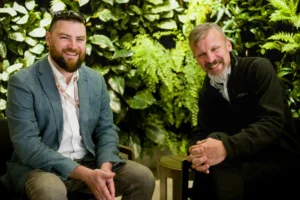
Plant room
Living green walls can improve aesthetics, add a soothing touch of greenery to a space and lift our moods. But can they have a material impact on indoor air quality? Nick Johns-Wickberg investigates.
-
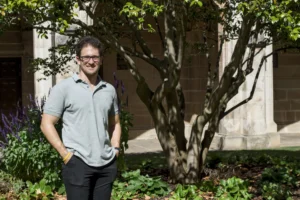
What lies beneath
Geothermal cooling is relatively underdeveloped in Australia, but as Ecolibrium staff writer Nick Johns-Wickberg discovers, its potential is huge.
-
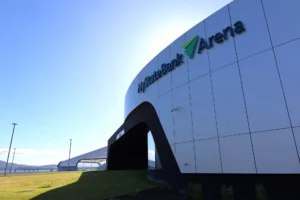
Courting expansion
Playing predominantly out of MyState Bank Arena in Hobart, the Tasmania JackJumpers have, in just two seasons, quickly become one of the National Basketball League’s premier teams. Sean McGowan reports on the award-winning redevelopment of the venue, which took place ahead of the team’s debut in late 2021.
-
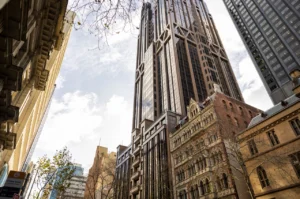
A Gothic tale
An historic Melbourne precinct has experienced a complete reinvigoration that has not only attracted new clients, but returned some of the city’s most spectacular heritage spaces to the public.
-
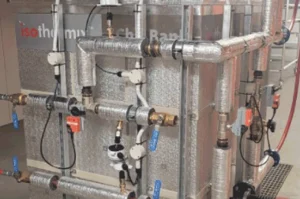
Techno-economic evaluation of integrating a PCM thermal battery into cooling systems
This paper presents a techno-economic evaluation of a phase change material (PCM) thermal battery (TB) system developed through an industry-university cooperation project.
-

Carbon coordination
The race is on to reduce embodied carbon in buildings and construction. But as more organisations take up the challenge, coordination is key.
-
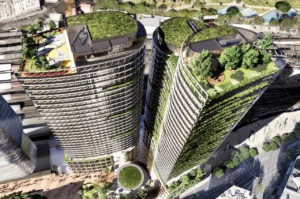
The zero effect
In a net zero world, it doesn’t matter whether we divide emissions by headcount or square meterage. By any measure, the balance of emissions must be the same. Zero.
-
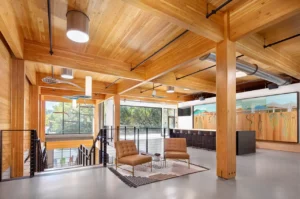
Natural selection
In California’s capital city, a 1940s building has been re-lifed, aiming to create strong ties between nature and the local community.
-
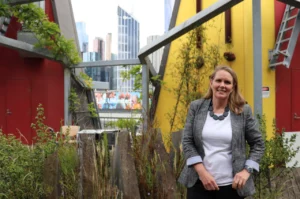
In the hot seat
City of Melbourne chief heat officer Krista Milne talks with Ecolibrium staff writer Nick Johns-Wickberg about managing extreme heat in urban settings.
-
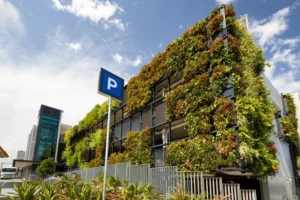
Vine intervention
It’s like a jungle sometimes, but is the grass always greener for buildings that boast green walls and roofs? Laura Timberlake explores.
-
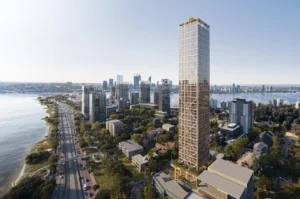
Tall timber
Designed by Elenberg Fraser 6 Charles Street, or C6, has been and is being developed by Grange Development. It primarily consists of residential apartments, although the plans also include a 500m2 edible rooftop garden and dining and entertainment spaces. Residents will also have access to a car-share scheme that includes 80 Tesla electric vehicles.
-

Semiconductor Heat Pumps – A New Approach to Zero Emissions Heating
As a result of the increased contribution of renewable energy for electricity generation and rising gas prices, there has been a shift from natural gas to electric-based heating in recent times. Commonly used electric heating technologies in the built environment include electric resistance, and air- or water-source heat pumps (hereafter known as “conventional heat pumps”). However, a key concern in the industry has been the use of refrigerants that have high Global Warming Potential (GWP) and other refrigerants that are flammable and/or toxic.